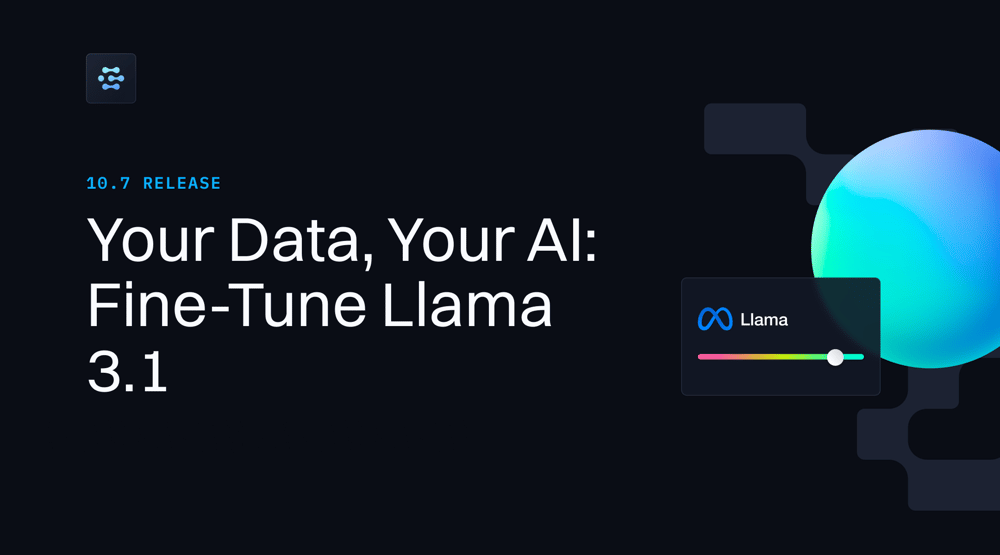
This blog post focuses on new features and improvements. For a comprehensive list, including bug fixes, please see the release notes.
Llama 3.1 is a collection of pre-trained and instruction-tuned large language models (LLMs) developed by Meta AI. It’s known for its open-source nature and impressive capabilities, such as being optimized for multilingual dialogue use cases, extended context length of 128K, advanced tool usage, and improved reasoning capabilities.
It is available in three model sizes:
At Clarifai, we offer the 8 billion parameter version of Llama 3.1, which you can fine-tune using the Llama 3.1 training template within the Platform UI for extended context, instruction-following, or applications such as text generation and text classification tasks. We converted it into the Hugging Face Transformers format to enhance its compatibility with our platform and pipelines, ease its consumption, and optimize its deployment in various environments.
To get the most out of the Llama 3.1 8B model, we also quantized it using the GPTQ quantization method. Additionally, we employed the LoRA (Low-Rank Adaptation) method to achieve efficient and fast fine-tuning of the pre-trained Llama 3.1 8B model.
Fine-tuning Llama 3.1 is easy: Start by creating your Clarifai app and uploading the data you want to fine-tune. Next, add a new model within your app, and select the "Text-Generator" model type. Choose your uploaded data, customize the fine-tuning parameters, and train the model. You can even evaluate the model directly within the UI once the training is done.
Follow this guide to fine-tune the Llama 3.1 8b instruct model with your own data.
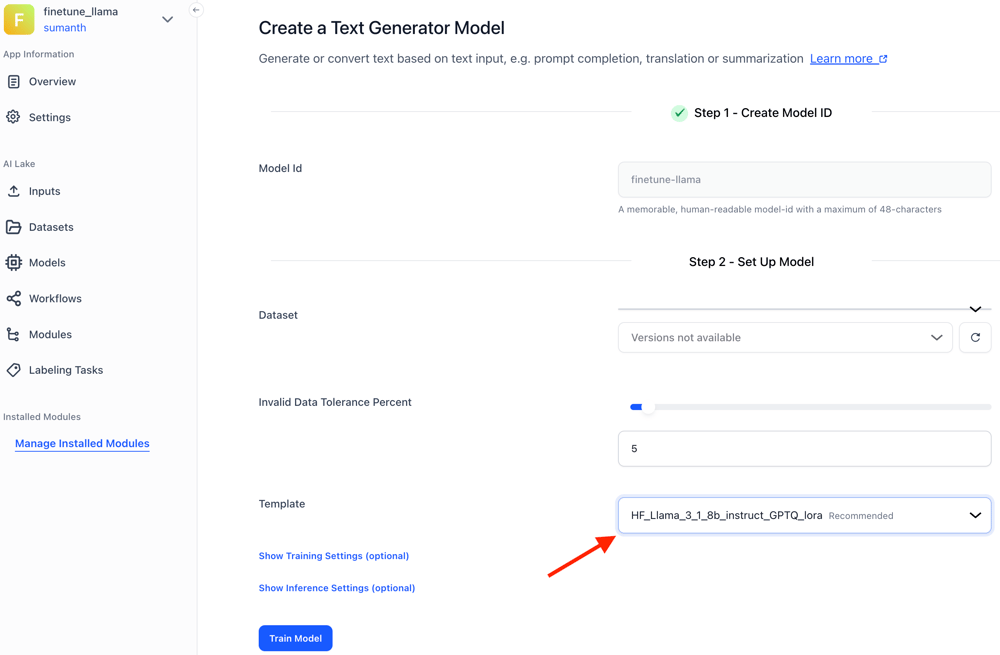
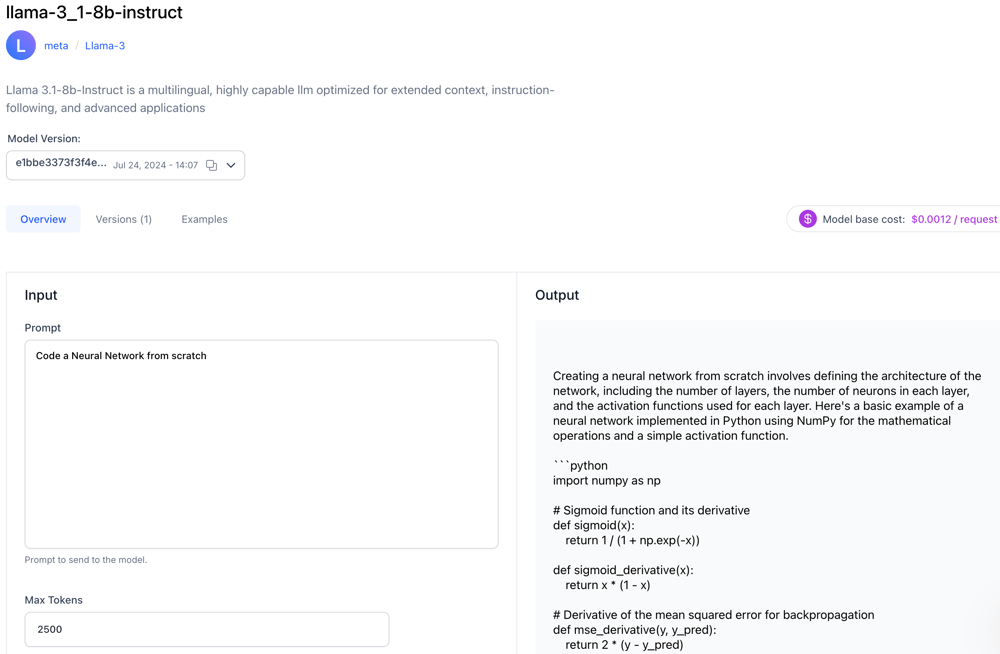
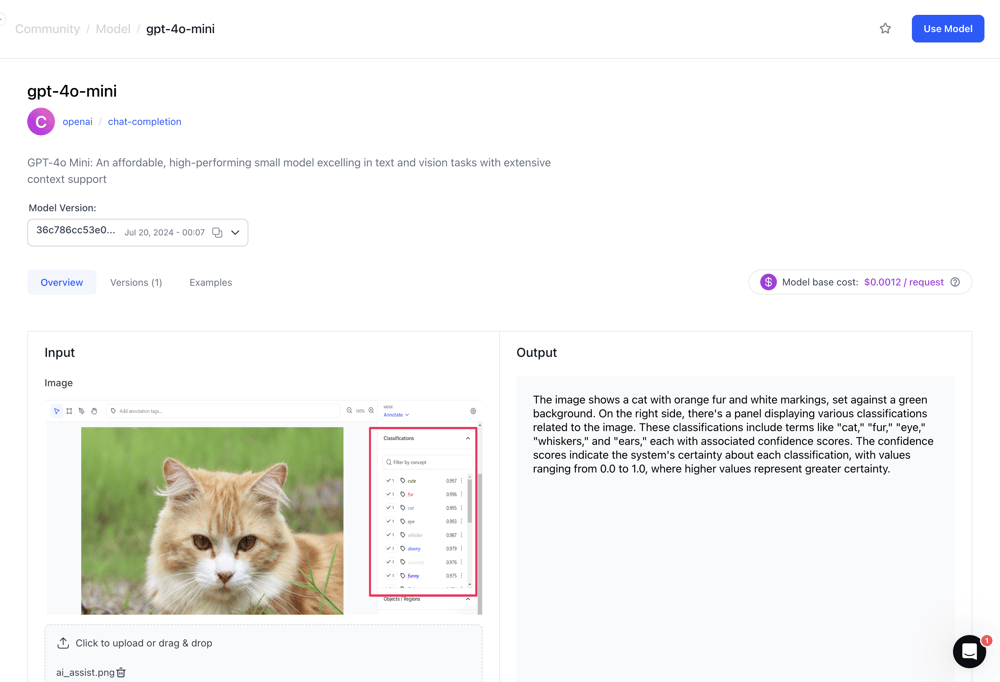
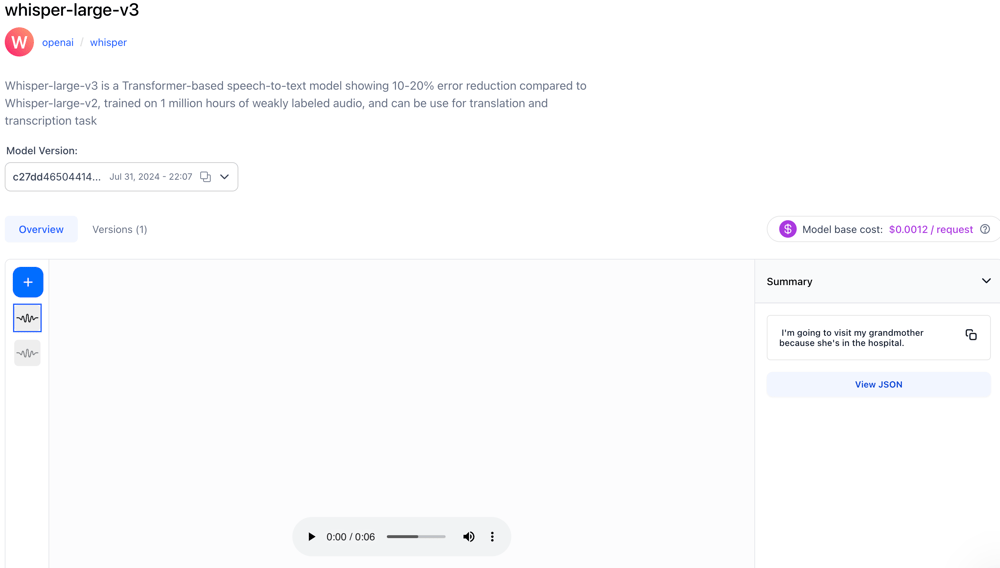
Patch operations have been introduced for apps, datasets, input annotations, and concepts. You can use the Python SDK to either merge, remove, or overwrite your input annotations, datasets, apps, and concepts. All three actions support overwriting by default but have special behavior for lists of objects.
The merge action will overwrite a key:value with key:new_value or append to an existing list of values, merging dictionaries that match by a corresponding id field.
The remove action will overwrite a key:value with key:new_value or delete anything in a list that matches the provided values' IDs.
The overwrite action will replace the old object with the new object.
Below is an example of performing a patch operation on an App. This includes overwriting the base workflow, changing the app to an app template, and updating the app's description, notes, default language, and image URL. Note that the 'remove' action is only used to remove the app's image.
Below is an example of performing a patch operation on a dataset. Similar to the app, you can update the dataset's description, notes, and image URL.
Below is an example of doing patch operation of Input Annotations. We have uploaded the image object along with the bounding box annotations and you can change that annotations using the patch operations or remove the annotation.
Below is an example of performing a patch operation on concepts. The only supported action currently is overwrite. You can use this to change the existing label names associated with an image.
Finding the right hyperparameters for training a model can be tricky, requiring multiple iterations to get them just right. The Hyperparameter module simplifies this process by allowing you to test different values and combinations of hyperparameters.
You can now set a range of values for each hyperparameter and decide how much to adjust them with each step. Plus, you can mix and match different hyperparameters to see what works best. This way, you can quickly discover the optimal settings for your model without the need for constant manual adjustments.
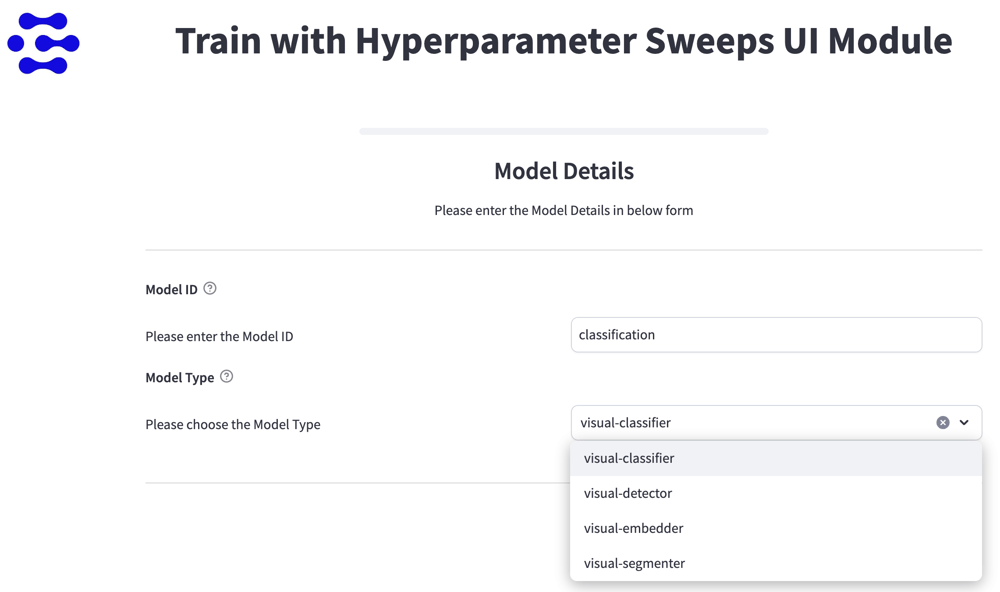
Workflows allows you to combine multiple models to carry out different operations on the Platform. The face workflow combines detection, recognition, and embedding models to generate face landmarks and enable visual search using detected faces's embeddings.
When you upload an image, the workflow first detects the face and then crops it. Next, it identifies key facial landmarks, such as the eyes and mouth. The image is then aligned using these keypoints. After alignment, it is sent to the visual embedder model, which generates numerical vectors representing each face in the image or video. Finally, these embeddings are used by the face-clustering model to group visually similar faces.
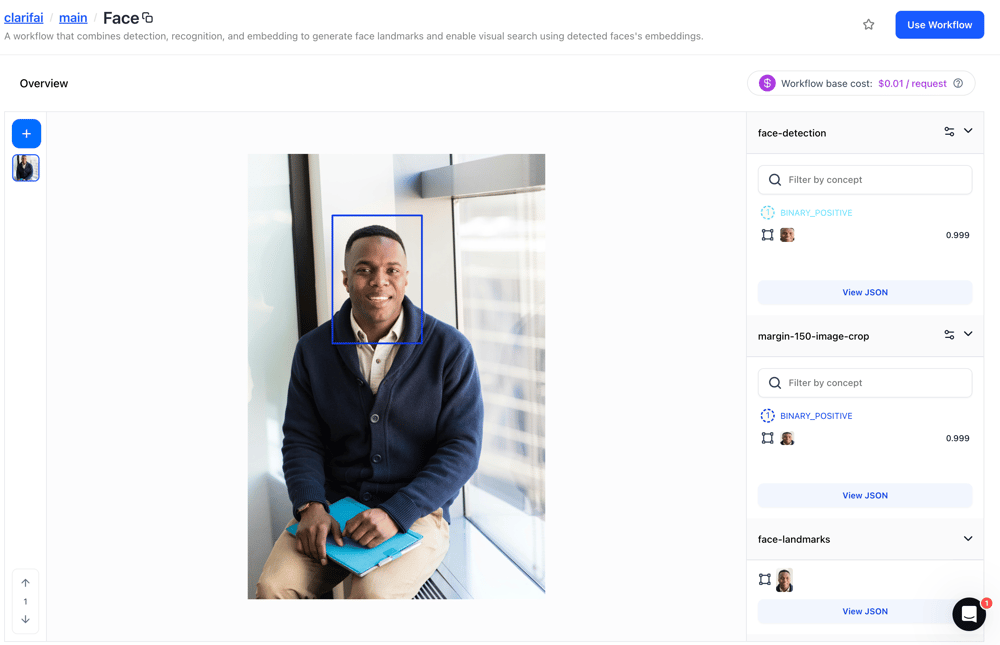
Fine-tuning LLMs allows you to tailor a pre-trained large language model to your organization's unique needs and objectives. With our platform's no-code experience, you can fine-tune LLMs effortlessly.
Explore our Quickstart tutorial for step-by-step guidance to fine-tune Llama 3.1. Sign up here to get started!
Thanks for reading, see you next time 👋!
© 2023 Clarifai, Inc. Terms of Service Content TakedownPrivacy Policy






© 2023 Clarifai, Inc. Terms of Service Content TakedownPrivacy Policy